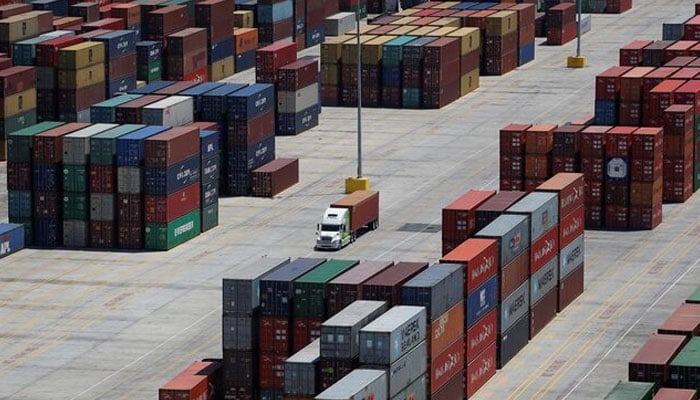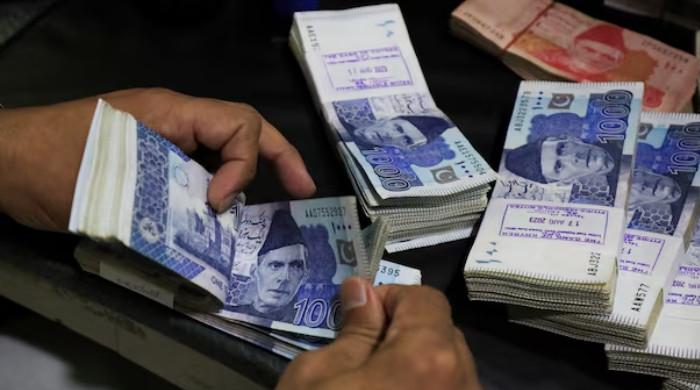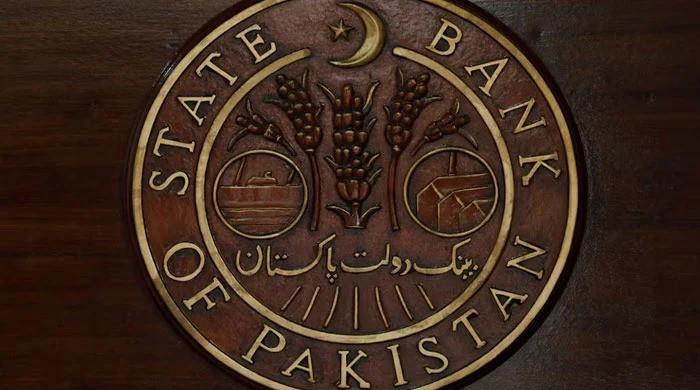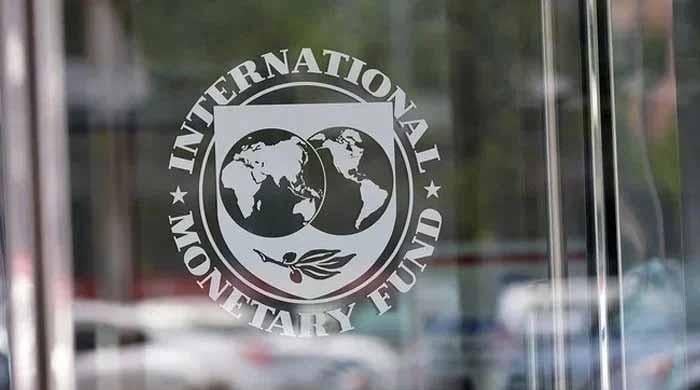Pakistan's trade deficit grows to $24bn in less than a year amid surging imports
Widening gap continues to exert pressure on country's external accounts, impacting rupee and dollar reserves
June 05, 2025

- Merchandise exports rise by 4.72%, reaching $29.44bn in FY25.
- Broader macroeconomic indicators show signs of stabilisation.
- Headline inflation rebounds slightly to 3.46% in May.
ISLAMABAD: Data released by the Pakistan Bureau of Statistics (PBS) on Wednesday showed that the country's trade deficit has widened to $24 billion in the first 11 months of the current fiscal year, marking a 10.6% increase from the same period last year.
This expansion is primarily attributed to a significant surge in imports, which outpaced a more modest growth in exports.
From July to May in fiscal year 2024-25, merchandise exports saw a 4.72% rise, reaching $29.44 billion. However, imports surged by 7.3% to $53.45 billion.
This widening gap between imports and exports continues to exert pressure on Pakistan's external accounts, impacting the rupee and dollar reserves.
Despite these trade imbalances, Pakistan's broader macroeconomic indicators have shown signs of stabilisation.
Headline inflation, after dipping to a historic low of 0.30% in April 2025, rebounded slightly to 3.46% in May. Crucially, the country's current account recorded a surplus of $1.88 billion during July-April FY25, marking a significant turnaround from a $1.34 billion deficit in the corresponding period last year.
This improvement in the current account was largely driven by a substantial 30.9% surge in workers' remittances, which amounted to $31.2 billion.
While merchandise exports faced a setback in May — falling 10.1% year-on-year to $2.55 billion — they still saw a strong monthly rebound, rising 17.4% from April. Imports in May grew 5.2% to $5.17 billion compared to the same month last year but dropped 7.6% month-on-month, offering some short-term relief on the external front.
Despite the widening gap, some positive indicators offered relief. The country's monthly average export volume stands at $2.67 billion — placing Pakistan on track to potentially exceed $32 billion by the end of the fiscal year 2024-25 in June.
Economists say high domestic interest rates have hampered export competitiveness, with businesses facing tight credit conditions as banks prioritise investment in government securities over private sector lending.
Meanwhile, the trade in services showed a smaller but notable deficit of $2.5 billion during July-April FY25, slightly higher than last year's $2.4 billion.
Service imports rose 7.9% to $9.43 billion, while exports grew 9.3% to $6.93 billion, boosted by transport, IT, and business services.
The Information and Communication Technology (ICT) sector remained a bright spot, with exports climbing 21.1% to $3.14 billion — accounting for nearly half of all services exports.
Government efforts to support the digital economy through freelancer incentives, skills training, and international certifications have begun to pay off, analysts say.









